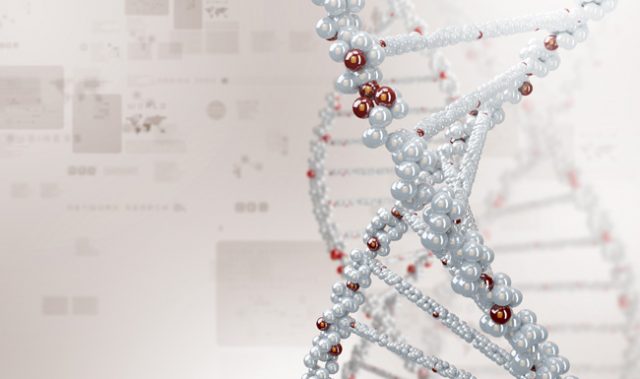
AsianScientist (Mar. 24, 2014) – Scientists from the UK and Australia have created a mouse that expresses a fluorescing ‘biosensor’ in every cell of its body, allowing diseased cells and drugs to be tracked and evaluated in real time and in three dimensions.
This biosensor mimics the action of a target molecule, in this case a protein known as ‘Rac’, which drives cell movement in many types of cancer. Rac behaves like a switch, oscillating on the molecular level between two states – active or inactive. When Rac is active, the biosensor picks up chemical cues and glows blue. When Rac is inactive the biosensor glows yellow.
Using sophisticated imaging techniques, it is possible to follow Rac activation in any organ at any time, or watch moment-by-moment oscillation of Rac activity at the front or back of cells as they move in the body. This technology has been used to monitor Rac activity in many organs in response to drug treatment.
The biosensor is a single molecule probe named ‘Raichu-Rac’ and was invented by a Japanese scientist, Professor Miki Matsuda, in 2002.
Although many researchers have used Raichu-Rac since 2002, this is the first time a mouse has been genetically modified successfully to express the molecule throughout the body without affecting cell function. The mouse can be used to study any cancer type by crossing it with other models, limiting expression of Raichu-Rac to specific cell or tissue types. The mouse can also easily be adapted to study diseases other than cancer by expressing the biosensor in different disease models.
“It allows us to watch and map, in real time, parts of a cell or organ where Rac is active and driving invasion. In cancers, a lot of blue indicates an aggressive tumor that is in the process of spreading,” said corresponding author of the study, Dr Paul Timpson from the University of New South Wales.
“You can literally watch parts of a tumor turn from blue to yellow as a drug hits its target. This can be an hour or more after the drug is administered, and the effect can wane quickly or slowly. Drug companies need to know these details – specifically how much, how often and how long to administer drugs.”
The article can be found at: Johnsson et al. (2014) The Rac-FRET Mouse Reveals Tight Spatiotemporal Control of Rac Activity in Primary Cells and Tissues.
———
Source: Garvan Institute; Photo: nurilahi/Flickr/CC.
Disclaimer: This article does not necessarily reflect the views of AsianScientist or its staff.












